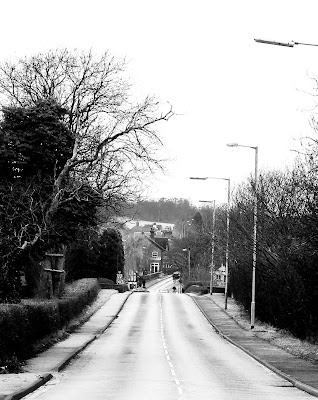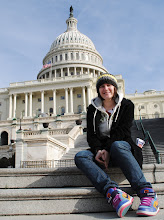 This photo was taken at F5.6, 1/13s at ISO 1600. This is as high as the ISO will go on my camera. You can see a lot more gain in this one, as apposed to the first picture. Especially in the background
This photo was taken at F5.6, 1/13s at ISO 1600. This is as high as the ISO will go on my camera. You can see a lot more gain in this one, as apposed to the first picture. Especially in the background F10, 1/30s at ISO 400. The outside is over exposed, while inside the window ledge is slightly under exposed.
F10, 1/30s at ISO 400. The outside is over exposed, while inside the window ledge is slightly under exposed. F10, 1/30s at ISO 200. The outside is slightly over exposed, while inside the window ledge is under exposed.
F10, 1/30s at ISO 200. The outside is slightly over exposed, while inside the window ledge is under exposed. F10, 1/30s at ISO 100. The outside is correctly exposed, while inside the window ledge is very under exposed.
F10, 1/30s at ISO 100. The outside is correctly exposed, while inside the window ledge is very under exposed.If your using a higher ISO, your likely to get more noise in your images. This causes your photos to be grainy and less sharp. In some instances the noise can add a nice texture to your image, it just depends on what type of look your going for. Noise is not very good in landscape photography, where most of the time you would like all of the image to be sharp and in focus.
The top images are to illustrate the noise you can get from different ISO settings. My camera only goes up to 1600 ISO, but you can still see some grain in the image.
The bottom images are to illustrate how sensitive the camera can be at different ISO settings. The photos were taken on a sunny day, from inside my house. I used all the different ISO settings i have on my camera.





































.jpg)
.jpg)
.jpg)
.jpg)
.jpg)

.jpg)






